HYANNISPORT — For centuries, the lush, green spit of Hyannisport marshland has been locally called Squaw Island, with legends surrounding a “squaw,” or a Wampanoag woman, who waited on the island for her husband to return from war.
But U.S. Secretary of the Interior Deb Haaland recently designated the word “squaw” a racial slur and has moved to ban the word from federal lands. Haaland, an enrolled citizen of the Pueblo of Laguna Native American tribe in New Mexico, is the first Native American to hold a Cabinet post.
Along with Haaland’s designation is the creation of a task force that will evaluate 650 locations and rename streams, valleys, lakes, creeks, street signs and parks across the country that contain the word “squaw,” including Squaw Island in Hyannisport.
But Camille Madison, of the Wôpanâak Language Reclamation Project in Mashpee, said the designation is a call to “look back on history,” and “reconnect to the origins of the Algonquian language.”
“Squaw is a word or what’s called a morpheme — a meaningful morphological unit of a language. It refers to the female character of a woman and it’s used to create words that mean woman, or little girl, or good girl,” said Madison, who is a member of the Wampanoag Tribe of Gay Head (Aquinnah). “I want to respect that people feel offended by the use of that word. Western tribal people didn’t know that this is a morpheme in our language. But what does that say to us as Algonquian people? This (Haaland’s designation) contributes and perpetuates our erasure. That’s a part of my sacred language. That’s who I am.”
‘This news is so welcome’: Mashpee Wampanoag Tribe can retain reservation land
About 12 tribal nations throughout the Eastern Woodlands territory of the indigenous people of North America use the sound or morpheme “squaw” as part of the Algonquian language family, according to Madison.
In a…
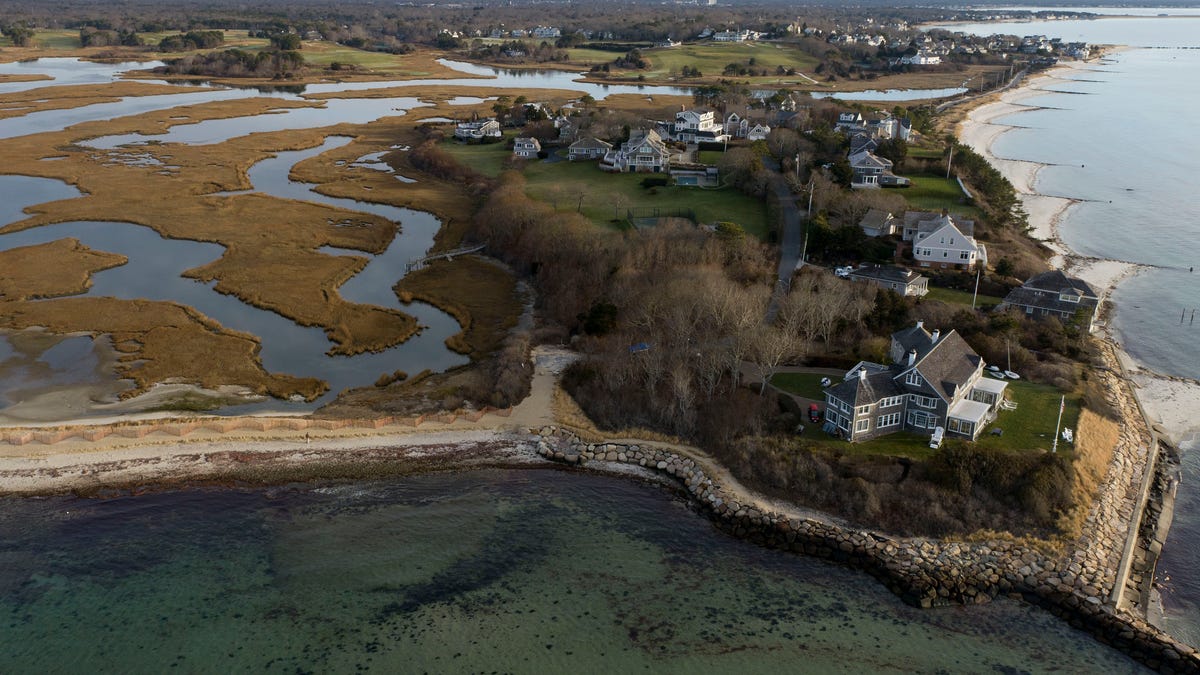

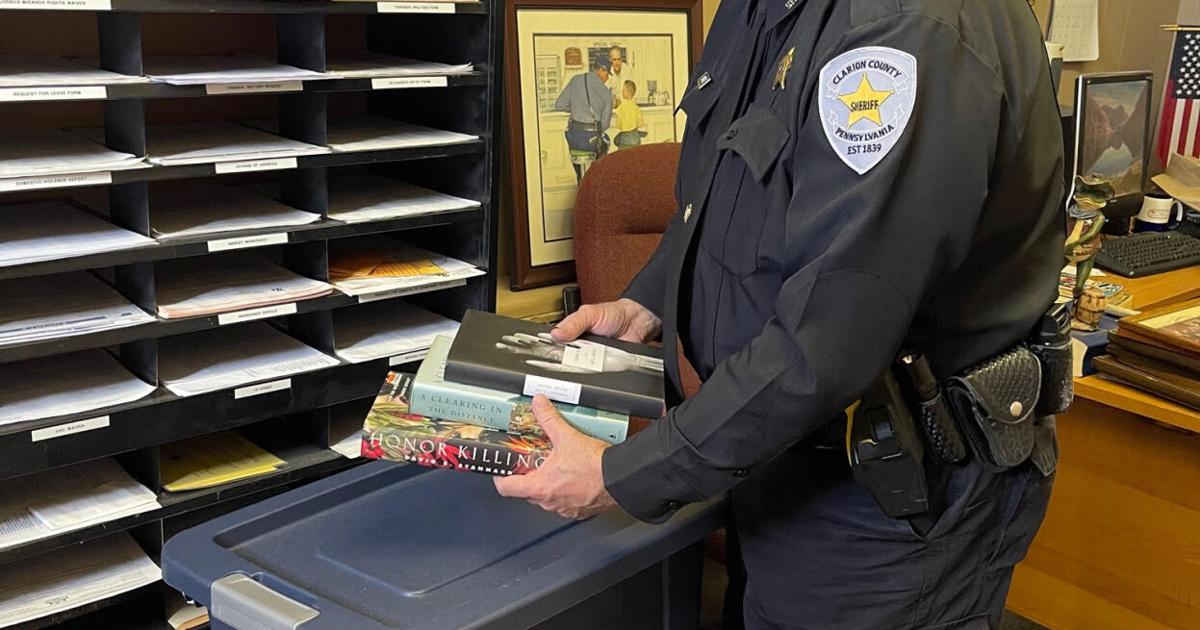




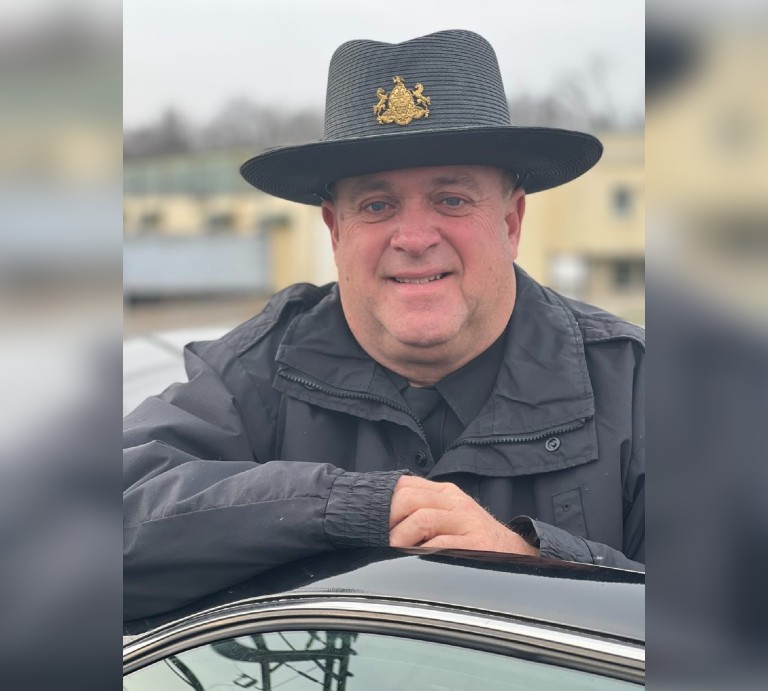
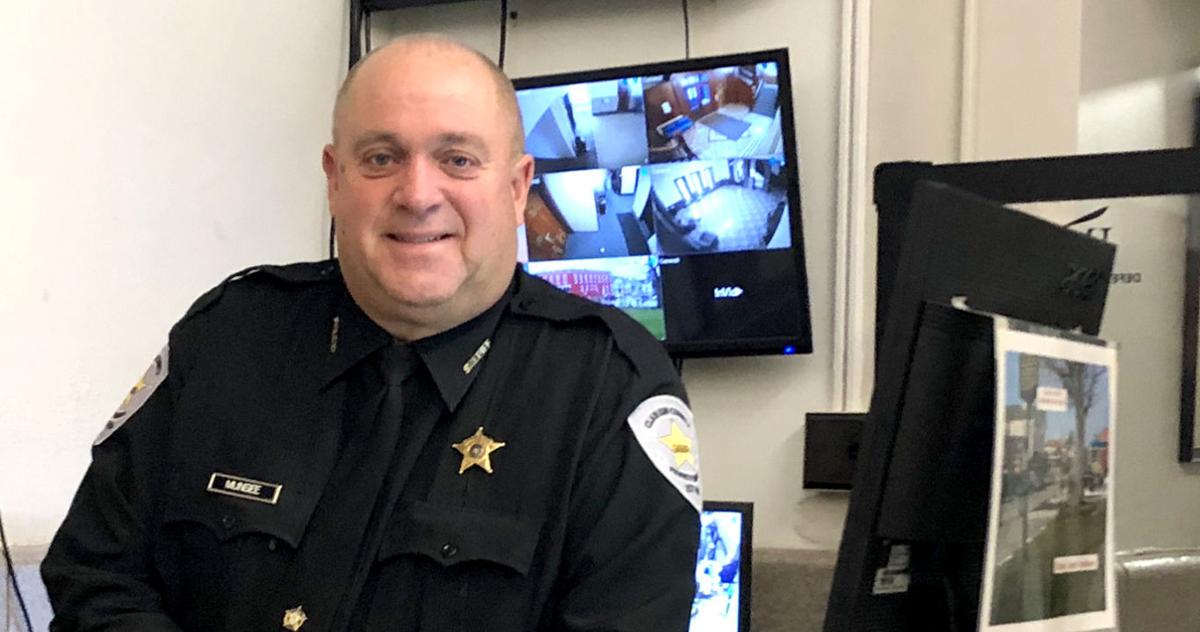

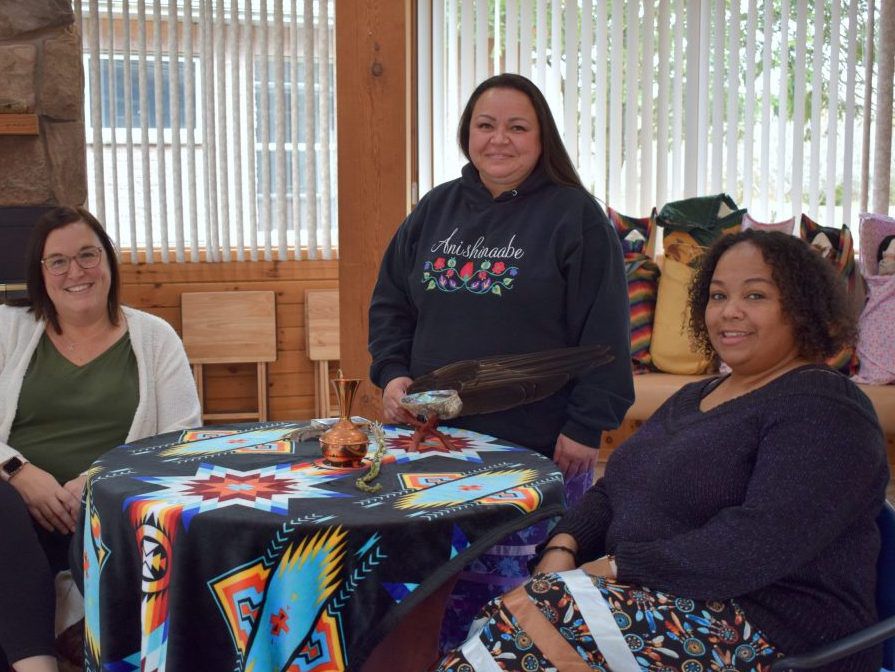
 Kyleigh Alexander (left), Tania McCormick (middle) and Fatima Taylor are the three women behind the foster care program, called Alternative Care, at Mnaasged Child and Family Services in Munsee-Delaware First Nation, southwest of London. The Indigenous child wellbeing agency is now recruiting Indigenous and non-Indigenous foster parents across Southwestern Ontario to apply. (CALVI LEON, The London Free Press)
Kyleigh Alexander (left), Tania McCormick (middle) and Fatima Taylor are the three women behind the foster care program, called Alternative Care, at Mnaasged Child and Family Services in Munsee-Delaware First Nation, southwest of London. The Indigenous child wellbeing agency is now recruiting Indigenous and non-Indigenous foster parents across Southwestern Ontario to apply. (CALVI LEON, The London Free Press) 
